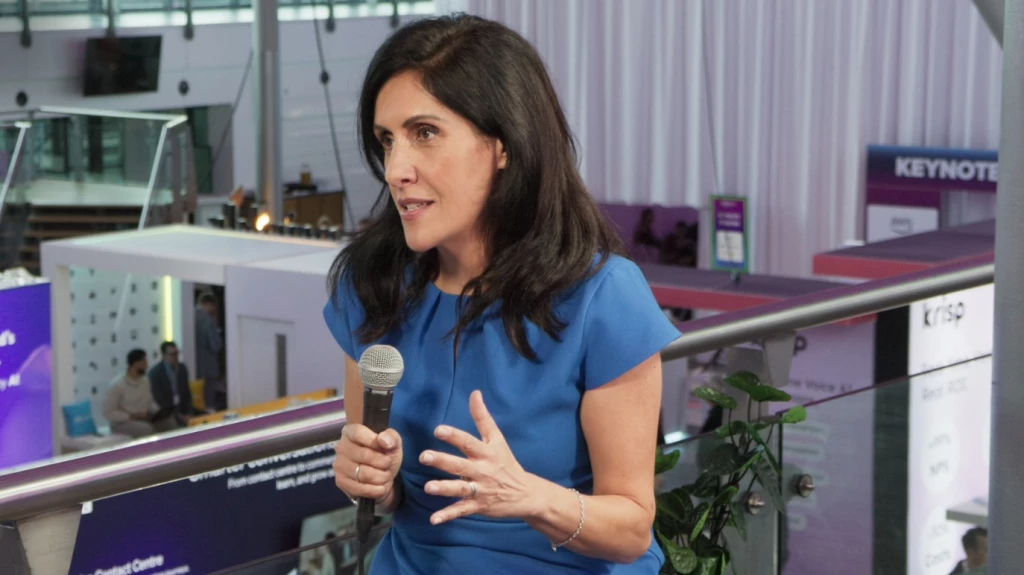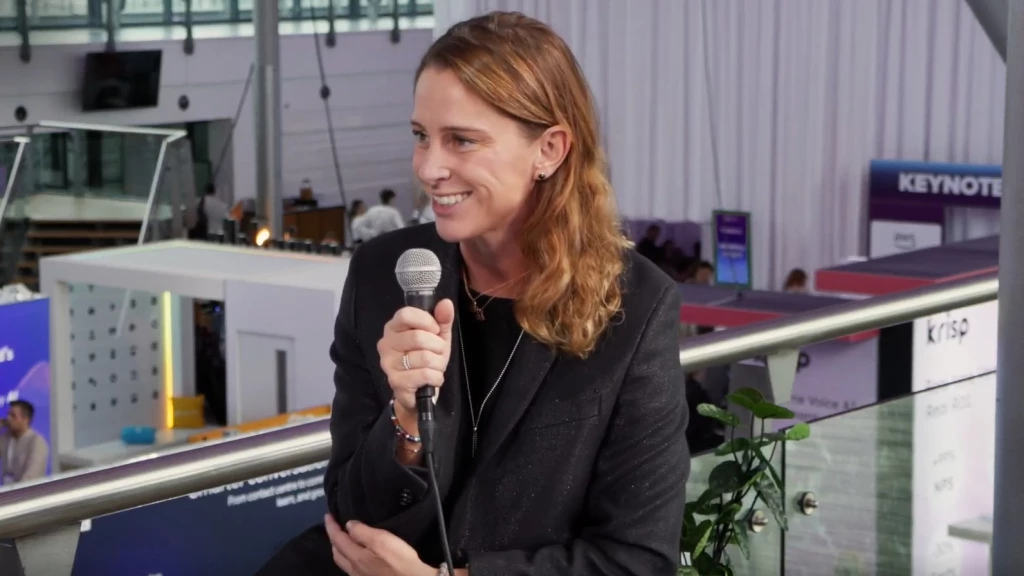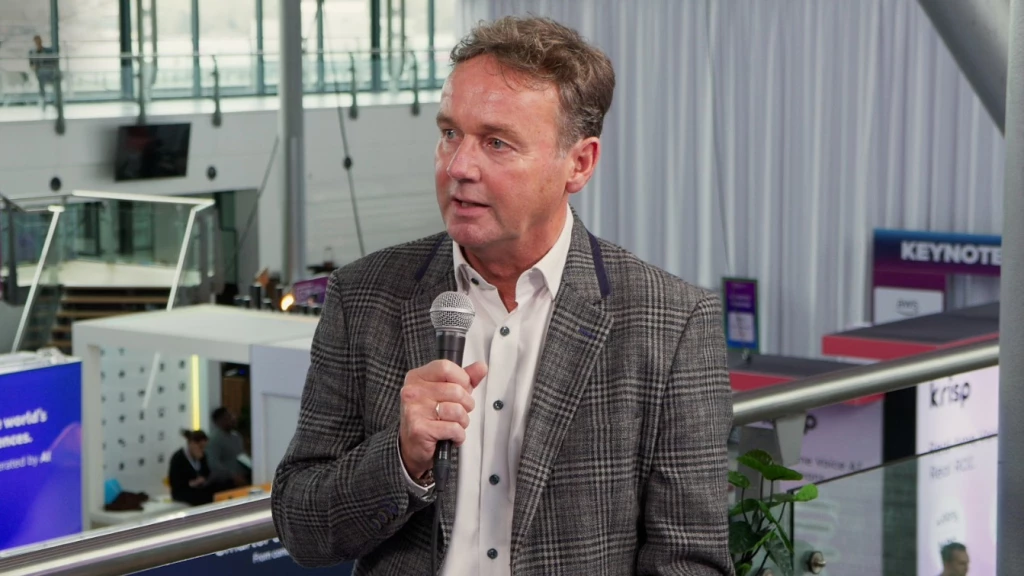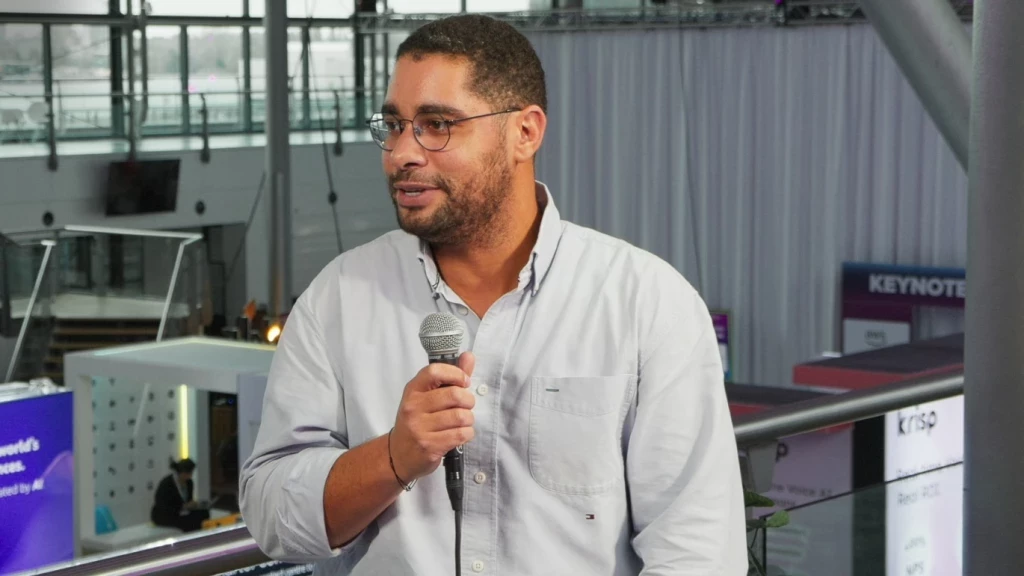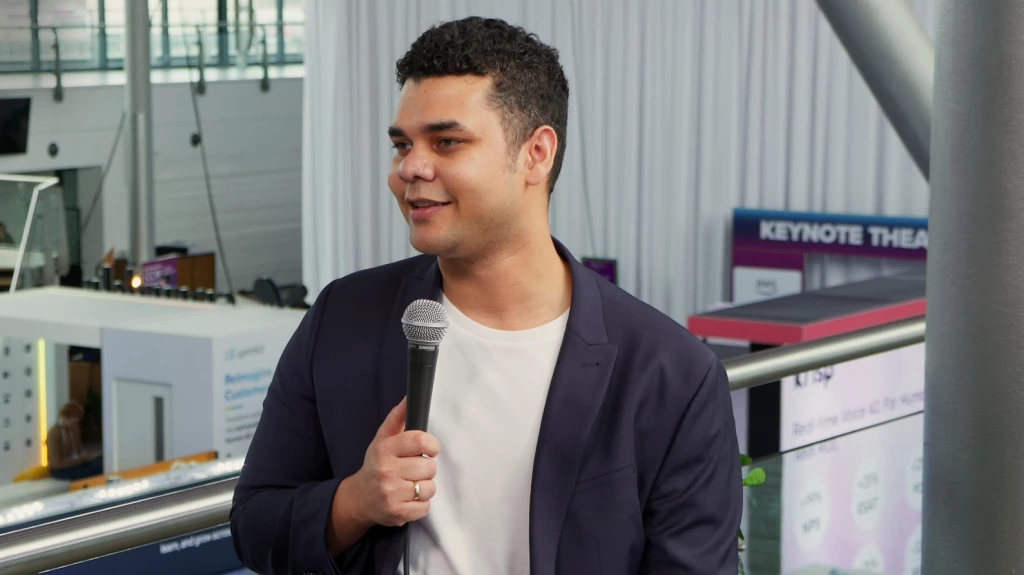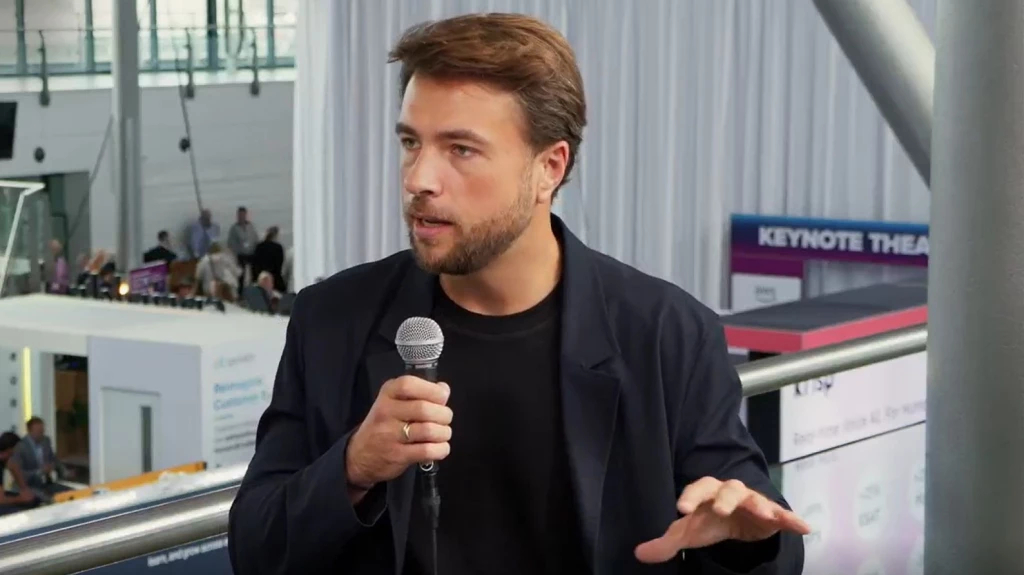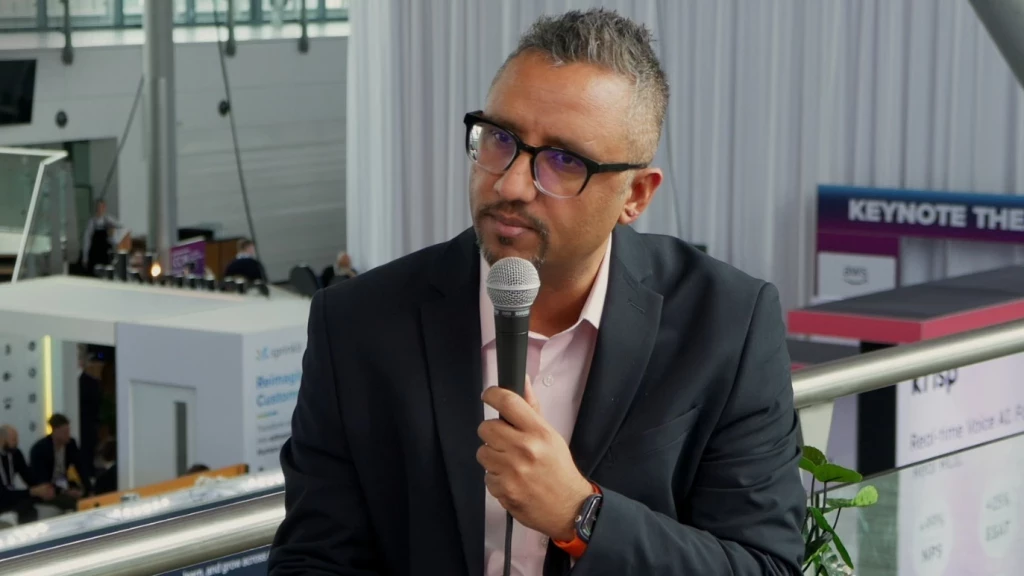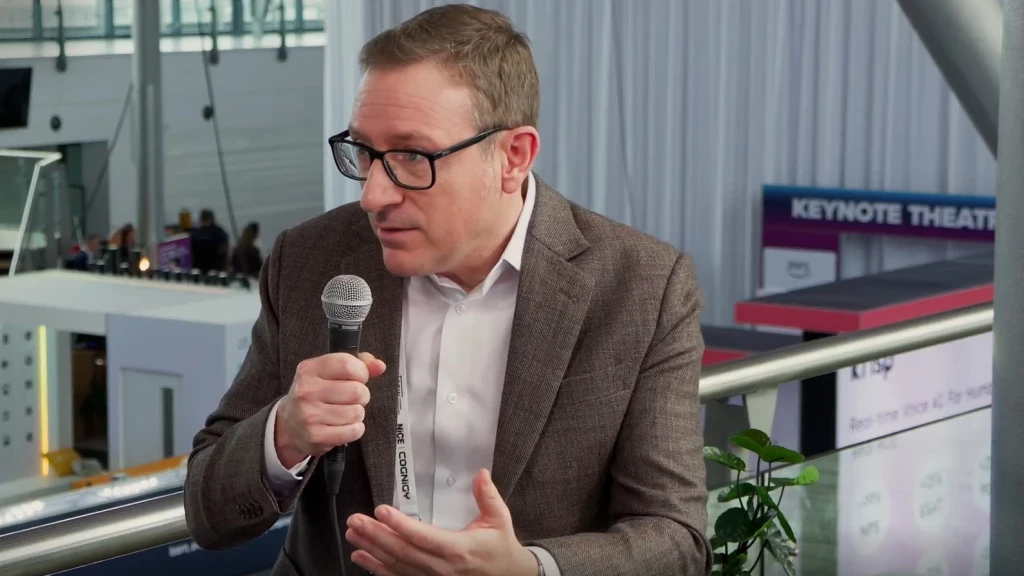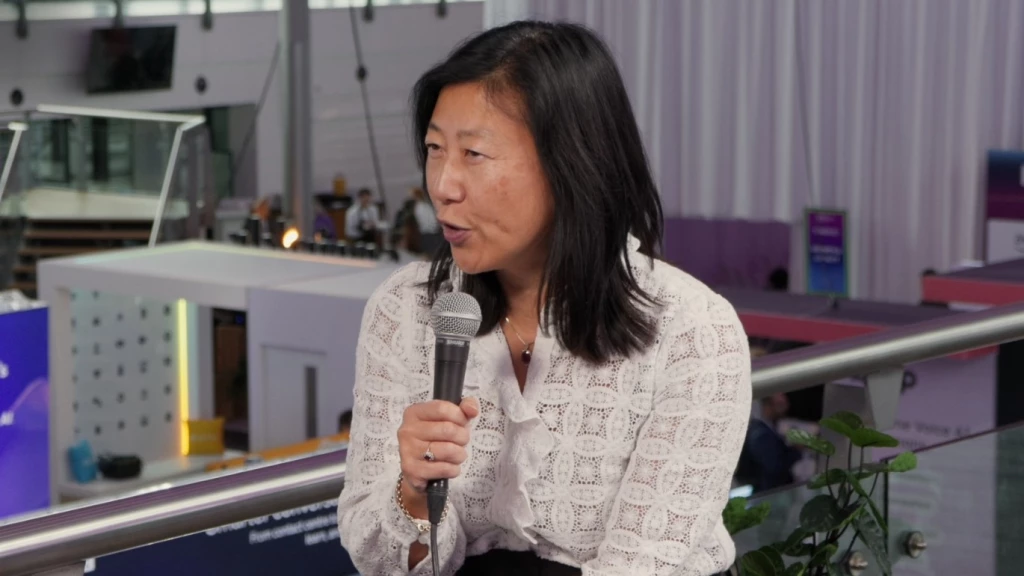Taking Customer Service Levels to New Heights
Add bookmark
The aviation industry is a tricky one to play in right now. Against a perfect storm of multiplying competition, the proliferation of innovative digital technologies, paper thin margins, and a loyalty ecosystem increasingly defined by emotional connection, just how are the airlines of the world meant to stand out? There’s no doubt the dynamics around the landscape of flying are changing, too. Travellers today are much more safety-conscious and focused on their wellbeing – they want a travel experience that is more comfortable and relaxing.
To counter all those challenges, some brands are finding a solution on the ground. Airport lounges.
Here, our Industry Analyst Simon Hall speaks to Virgin Atlantic’s Head of Clubhouses Rami El-Dahshan about the importance of these spaces and the work he and his team are doing to ensure they are best-in-class. We dive into the business model of airport lounges, how he approaches the personalisation imperative, his growing focus on sustainability, future trends within the sector, and so much more.
Simon Hall: Rami, welcome! To kick off our conversation and to set the stage, let’s dive into your professional background. Prior to taking on your current role, you were the Head of UK and EU and Global Account Sales within Virgin Atlantic and before that you were Head of UK Corporate Sales at British Airways. Talk to us about the switch from managing sales organisations to managing the customer experience at the high end of hospitality.
Rami El-Dahshan: Aviation is a really interesting industry to work in.
I remember at the beginning of my career I was at an event talking to the CEO of Air Mauritius and I asked him if he had any advice or thoughts on life in the travel space and he simply said: “You're going to live like a millionaire without actually ever becoming one”. And those are words I can attest to. Working in travel opens doors to unbelievable life experiences – you can explore the world, go to amazing events, and have some incredible adventures.
When you work in sales, there's a lot of travel involved by its very nature. And I've always been intrigued by everything within and around the travel and aviation ecosystems. I’m captivated by the finer details. The minutiae. What champagne does each airline serve on board their flights? How are they providing that personalised element of the customer experience in what is a very commoditised sector? How are they highlighting their identity in a world where customers are essentially in a seat for eight hours? How do they look to delight their passengers?
It’s that fascination that drove me towards a customer experience role and I was delighted to have the opportunity to work as Head of Clubhouses at Virgin Atlantic. I started at a very difficult time – during the pandemic. In fact, in that moment, we didn't even have any lounges open, and we didn’t have many planes in the sky. It has been great to witness the rejuvenation of travel post-Covid at such close quarters, and indeed how travellers’ expectations are evolving in what is the new normal.
SH: Recent research shows the number of airport lounge visits worldwide is up 12% against pre-pandemic levels. What would you attribute that increase to? How has the travel landscape and travel behaviour changed compared to five years ago?
RE-D: During Covid, we thought the airport lounge space was going to unravel to our advantage. We knew airlines were strategising around their futures and we theorised that many might start closing their lounge spaces down and we could come in and snap them up. But in the end, the opposite transpired. Increasing numbers of airlines and other invested companies like credit card providers are pouring money into lounges because they’re a terrific customer touchpoint that can really showcase what a brand is all about.
Looking at aviation in general – putting an aircraft thousands of feet in the air – it's very difficult to impact customer experience above and beyond how you interact with customers. It's challenging to prepare great food up there. It's challenging to make a great drink up there. It's a hard place to offer great customer experience. On the ground, though, I have proper kitchens, I have professional chefs, I have professional mixologists – I can signpost to the brand identity much easier in our Clubhouses than I can a mile high in the sky. And it’s not necessarily just about delivering exceptional service for our regular customers, it's also helping new customers who have never flown with us understand what we represent. In short, our lounges are a huge part of our drive to win repeat custom and foster long-term loyalty. And then back to the question: essentially, airlines recognise the need to model their identity across as many channels as possible.
There are behavioural changes carrying over, too. There’s still very much a degree of anxiety and apprehension around the whole travel experience. We’ve seen it. During and since the pandemic, even those customers who once knew all the shortcuts and all the travel hacks have become amateurs again. One interesting shift we’ve noticed is the increased length of time our customers are staying in our Clubhouses – the average dwell time is now half an hour to 45 minutes longer than it was pre-Covid. Why? Because people want to get to the airport earlier, sidestep the stress, avoid the crowded terminals, and enjoy a calm atmosphere before their flight. We only expect that trend to grow.
SH: Following up from that: I’ve heard you talk previously about how the concept of lounges, and more generally the premium side of travel, often feels the same from brand to brand. There’s a lack of differentiation in the industry. How does Virgin Atlantic address that? How do you ensure you’re constantly innovating, pushing boundaries, and ultimately doing things no other competitor is?
RE-D: For us, it comes down to two things.
First, understanding the new meaning of luxury to customers. And second, getting better at brand storytelling.
If you think about the notion of luxurious experiences – those have changed quite significantly versus pre-Covid. A decade ago, luxury was opulence. It was gold leaf. It was truffle on everything. It was opulence for the sake of opulence. Now, consumers have a different outlook – they want face to face interactions and they want to feel special. In terms of their food and beverage expectations, for example, they want to know where the ingredients on their plate originated from – provenance is far more important than how much it costs.
Then there are the stories. How can we advertise that our lounges are a sanctuary away from the airport hubbub? How can we talk about the fact that the food we serve in the afternoon was freshly picked from a local farm this morning? That's infinitely more exciting than talking about price points. As consumers, looking at text on a page and extracting what’s relevant has become second nature – we’re in this digital age where people can instinctively block out bits of information that aren’t relevant and focus on what is. So, how do you communicate innovatively? How do you tell people you've crafted an upscale lounge experience in a way that's consumable? We look to tell our stories in an engaging, exciting, interactive manner – it’s more than just putting a QR code up or putting more words on the menu.
And finally, the other part to this equation that brings everything together is human interaction. Our customers want to engage in real, meaningful conversations, and feel a sense of home away from home. We see a lot of airlines and other brands in the transport industry implementing chatbots and more automated processes that remove the human element. Of course, they have their place in a modern communication strategy, but it's also about making sure that when customers do want a personal interaction, they can have that easily as opposed to being pushed down a generic funnel.
SH: One area I’m fascinated to ask you about is the business model of airport lounges. These spaces are not typically profit-centres for brands – they are inherently there to enhance and enrich the customer experience. How does that mindset, that operational design, factor into your decision-making around the products and services you provide?
RE-D: Really great question.
One aspect of our airport lounges we always reiterate is that they’re not destination restaurants. That’s not to detract from their quality, but no consumer is making the decision to fly to New York because they want to come into our Heathrow Clubhouse. We provide a great value-add to an experience that is, inherently, a means to an end – flying to wherever it may be. When consumers go to a restaurant, they do so because they want to sample its food, its drinks, its atmosphere. That's not necessarily how we approach the concept, though. We focus on providing a bespoke experience for every customer.
Case in point? Champagne. Synonymous with airport lounges. We want people to drink as much champagne as they like. We want them to have that experience, but we want to ensure we give customers the appropriate experience for their needs. If they just want something “cold and bubbly”, we have that. Alternatively, if someone asks for a “vintage cuvée champagne”, we make sure that’s available as well. It all comes back to learning customer behaviours and offering the right product at the right time. For instance, we wouldn't give a £300 bottle to the customer who simply asks for “a glass of champagne”, but we might give that experience to a long-time regular customer who knows their stuff and would value that moment.
Lounges haven’t worked this way historically. Everyone was served the same food, the same drink, the same experience. For us, it's about tailoring those experiences based on need, which is why knowing our customers on a personal level is the most important part of what we do. How do we use data? How do we use customer profiling to understand the type of experience they want? Yes, we ask ourselves those questions, but you can’t beat real conversations.
SH: Big picture question for you now, Rami: What are the fundamental principles of best-in-class customer care and customer service in the travel space today?
RE-D: That's a huge question. It ties into what I was saying before and I'll give you an example.
I was working a shift in one of our Clubhouses recently, and in the section I was waiting on, I had three different types of customer. All literally sat next to each other. We had a honeymoon couple who were in our lounge five hours before departure. They came in early to try the breakfast and the lunch – they planned ahead and knew they wanted to eat all the food, drink all the cocktails, and talk to everyone. This was a once in a lifetime experience. Sat next to them was a businessman. We see him every two weeks – we all know who he is, and he knows all of us. He’s an important corporate executive who wants somewhere quiet to sit. He wants his coffee a certain way. He wants his breakfast a certain way. And sat next to him was a lady who was unfortunately travelling due to a bereavement. She didn't want to be travelling. She didn't want to be in our lounge.
Travel hospitality is so unique because there are few similar worlds where you have three different customers so close to one another whom each have incredibly different needs. And you have to meet those needs. We can’t bucket their experiences in a way you perhaps can in other industries. Linking back to the question, then: segmentation is incredibly important, but, critically, we couple it with versatility – we train our people to be adaptable to support the needs of every persona that walks into our lounge. Those three customers had the same basic core needs – they all wanted somewhere to sit, they all wanted something to eat, they all wanted something to drink, and they all wanted to get on their plane stress free. Within that, though, there are some very distinctive nuances. It's essential that we empower our people with the tools, the data, and the training to manage whatever requirements come their way because they vary massively day to day.
SH: I’ve been reading a lot about your sustainability work, particularly your partnership with Full Circle farm and your drive to serve nothing but eco-friendly food and beverages. According to booking.com, 76% of global travellers would like to travel more sustainably – it's certainly a sentiment that continues to grow and grow. How do you approach the task of improving the green credentials of the Virgin Atlantic Clubhouses? What ESG targets have you set yourselves?
RE-D: Last year, we were extremely proud to be the first airline to run a transatlantic commercial flight on 100% sustainable air fuel. As an industry, 70% of our carbon emissions come from fuel. There's no hiding that fact.
A large component of what we do is drive and lead the sustainable fuel conversation and ensure that we – the aviation sector as a collective – are putting pressure on governments to give us more access to sustainable air fuel at a price point that's commercially viable. At the moment, there's just not enough of it around. Consumers are becoming really interested in this, but fuel is not the most consumable subject. People aren't yet in a place where they’re truly noticing – there are no passengers asking their cabin crew about the environmental impact of their flights.
In order to hit our ESG goals, we place a big focus on reporting and factoring sustainability into our decision-making processes. For example, we track and showcase the carbon emissions of each meal on our menu – we’re making choices about what we put in front of customers based on the environmental impact of the products. We're also very heavily focused on offering vegetarian and vegan options. In essence, we want our guests to have a great and luxurious experience founded upon responsible, conscious thinking.
If we wanted to be absolutely 100% sustainable, we’d have people to come in, sit them in the dark, and give them a glass of tap water. It’s just not realistic. People want to know they’re travelling sustainably but they still want it packaged in a luxurious way. We execute on that mandate by working with B Corporations, working with a sustainable farm, and looking at how we analyse data to power our choices. Our messaging portrays our products as luxurious first yet behind the scenes we’re focusing on the sustainability element first. It's about that perception.
SH: Let’s move on and explore technology and the digital transformation imperative facing brands everywhere. How are you using technology to improve the customer experience and drive the levels of personalisation that consumers expect today?
RE-D: First, I’ll go back to the idea of luxury.
We talked about gold leaf and truffle, and you can add to that historical impression things like white gloves, pristine tablecloths, and fancy cutlery. Today, though, luxury is the notion of choice and convenience all wrapped up together. And for us, that is as simple as investing in technology to enable customers to order food and drinks sat at their table rather than having to wait for a member of our team. It doesn't sound particularly revolutionary, but this is really at the forefront of customer service in an airport environment.
Giving people the opportunity to tell us why they're travelling is another strategy we employ. We recently conducted a trial in which we emailed a survey to our customers ahead of their trip featuring questions like: “What sort of needs are you going to have?” “Are you going to be working?” “Are you going to be relaxing?” “Are you going to be celebrating something?” Essentially, we gave customers the opportunity to inform us of their requirements up front so we weren’t trying to guess based on their frequency of travel, or whatever. We also used this survey to extract critical insights relating to the most recent experiences of our most frequent customers. Say customer X reports some misgivings about their time in our Clubhouse last month – we can go away, analyse what went wrong, and implement the necessary changes to our service. It’s a very granular approach to customer experience, but that is how we operate.
Travel is far behind other industries in terms of profiling customers, but it’s simply because customer needs fluctuate so much journey by journey. Take the three people we discussed earlier – that could be the same person on three different trip iterations. The honeymoon couple aren’t always going to be the honeymoon couple. And you can't say the corporate flyer is always going to be travelling on business. Of course, data is extremely valuable and interesting, but profiling customers to set expectations of what their needs will be is not our approach. We set out to empower our colleagues in our Clubhouses with the training, knowledge, and resources they need to drive exceptional, customised service – should any scenario arise, they have the tools they need to deal with it.
SH: I want to ask you about the loyalty piece here. Travellers are spoilt for choice these days and oftentimes their decision-making comes down to simply needs and price points. From my personal perspective – I married into an Argentine family and we go back there every year, but we don’t always use the same airline. One year it will be Air France. The next Iberia. The next British Airways. For us, it comes down to cost. Against that backdrop, what work do you do to build loyalty amongst your customers?
RE-D: I think about driving customer behaviour in big bubbles.
Take you and your family flying back to Argentina – a big part of your bubble, your biggest bubble, is price. You might accept having a layover or flying at inconvenient hours if it means saving a bit of cash. For customers like yourself, it can be hard to make them switch out of that mindset. Indeed, what changes mindset often drives loyalty – a customer experience which is either overtly positive or overtly negative. Say a family has a terrible experience on a certain carrier – that drives loyalty to other carriers.
Listening and talking play incredibly powerful roles in our customer experience and they’re certainly ones that drive loyalty. For customers to feel like they are being heard, listened to, and a real part of our decision-making process is priceless – they feel like they have a personal relationship with us as a carrier. I will regularly get WhatsApp messages and LinkedIn messages from customers – both people I know and people I don't know – asking if I’ll be in a specific Clubhouse on such and such date. Customers love that, and I love being at an airline providing that level of personal service. Consumers are more likely to accept a higher price point because they know they have a personal relationship with the brand.
We could talk about loyalty cards and loyalty points, and for some consumers that is important – they will look at their benefits and perks and make decisions based on what’s available to them. But an airline lounge drives loyalty through hyper-personalisation – customers experience such unbelievable service that it doesn’t feel like an airline lounge. That's really important to us – we want a product that feels more like a club or a restaurant – something personal.
And back to stories as well – we love giving people stories to tell. I read through every single piece of survey feedback we have on our Clubhouses, and nothing makes me happier than when I see customers name drop a colleague who delivered an outstanding experience. For example, just recently I received some feedback around how a staff member on our front desk assured some customers that they had plenty of time for one more glass of champagne before their flight and they should relax. That might seem basic, small, but that’s a circuit breaker. Customers begin to realise that this isn’t just a transactional experience. This is an environment where the brand wants people to enjoy themselves. That drives so much loyalty.
SH: Future-looking question to bring us home then, Rami. Where do you see the travel industry heading over the next decade and how are you setting yourselves up to drive success?
RE-D: Throughout the pandemic, there was a lot written and said about what might happen to the travel industry. Nobody was quite sure. In the end, it has become clear people value travel so highly. Whatever happens, travel will be an important part of people's lives forever. Being able to go around the world is just so liberating.
In terms of travel trends for the future, personalisation is going to be a huge factor, whether it's through technology or through human interaction. People want to know they can have face-to-face interactions, if they want them. But they also need to know that if they don't want to speak to anyone in their entire journey, they can easily do everything through technology. We should be able to offer that experience as well. That's a big focus point for us.
Again, I’ll use the word provenance. That will be imperative from a food and beverage perspective. Say I'm in the San Francisco Clubhouse, for example – I want to eat San Franciscan food. I want to sample the local delicacies. I want to sample the local cocktails. I want that locality more than ever, whereas historically within travel, lounges were about providing a generic, standardised offering. It should be different every time you come in. Of course, there should be some standardisation because you want to feel some level of familiarity. But, actually, these ideas of provenance and localisation are a really important part of the experience.
And one last thing to finish on. There needs to be a perception shift when it comes to ancillary services. When consumers think about ancillary sales in travel, they’re typically opposed to paying extra for a bag, paying extra for a specific seat, paying extra for fast-tracked boarding, etc. The travel industry has a tendency to charge for anything above the basics. The future will be about adding to travellers’ experiences in better ways and making it so that people are thankful they’re able to buy extra things on their journey. It’s a communication transformation.
For more critical insights from members of our community, check out all the other interviews in our View from the Boardroom series.













